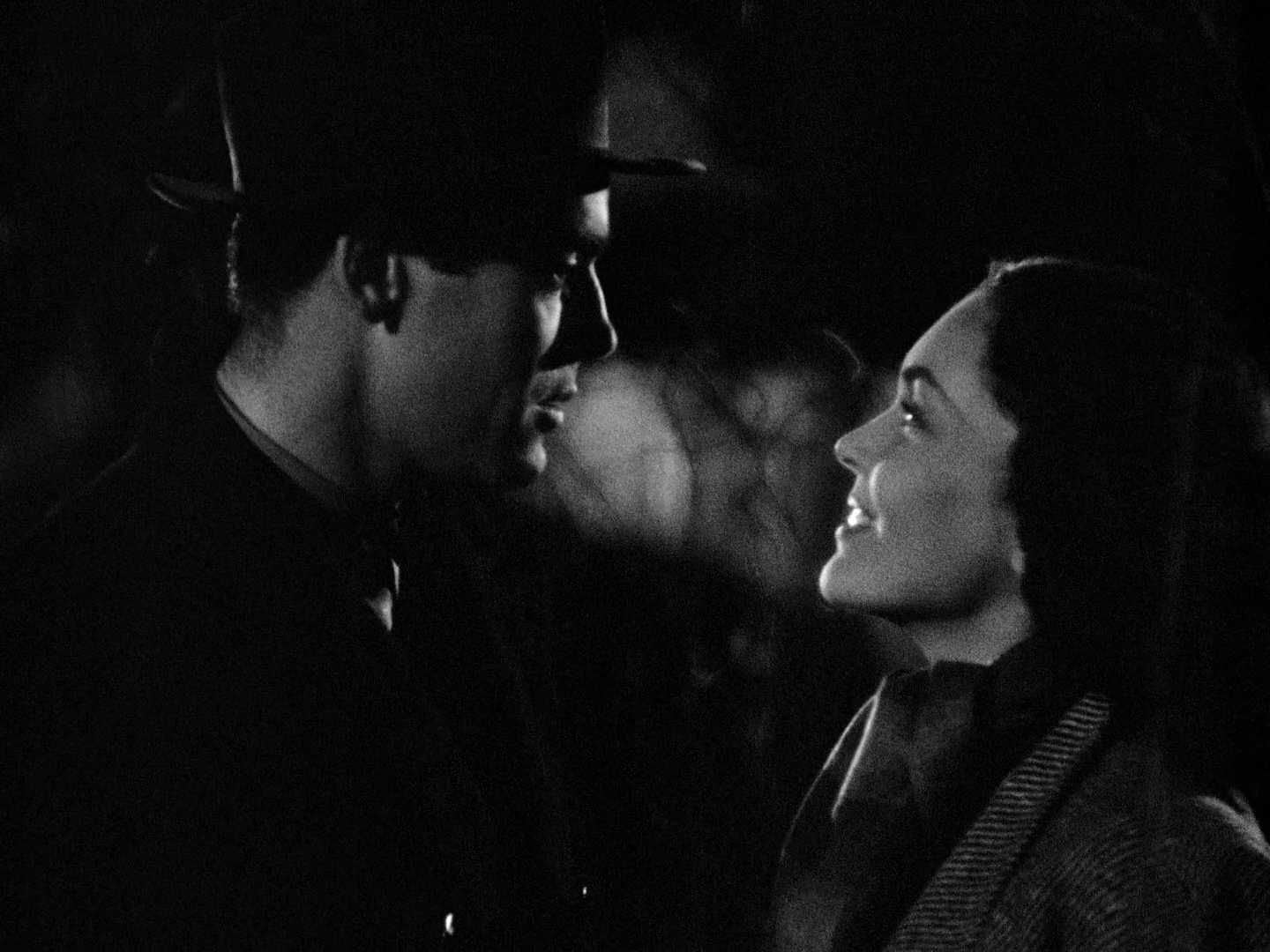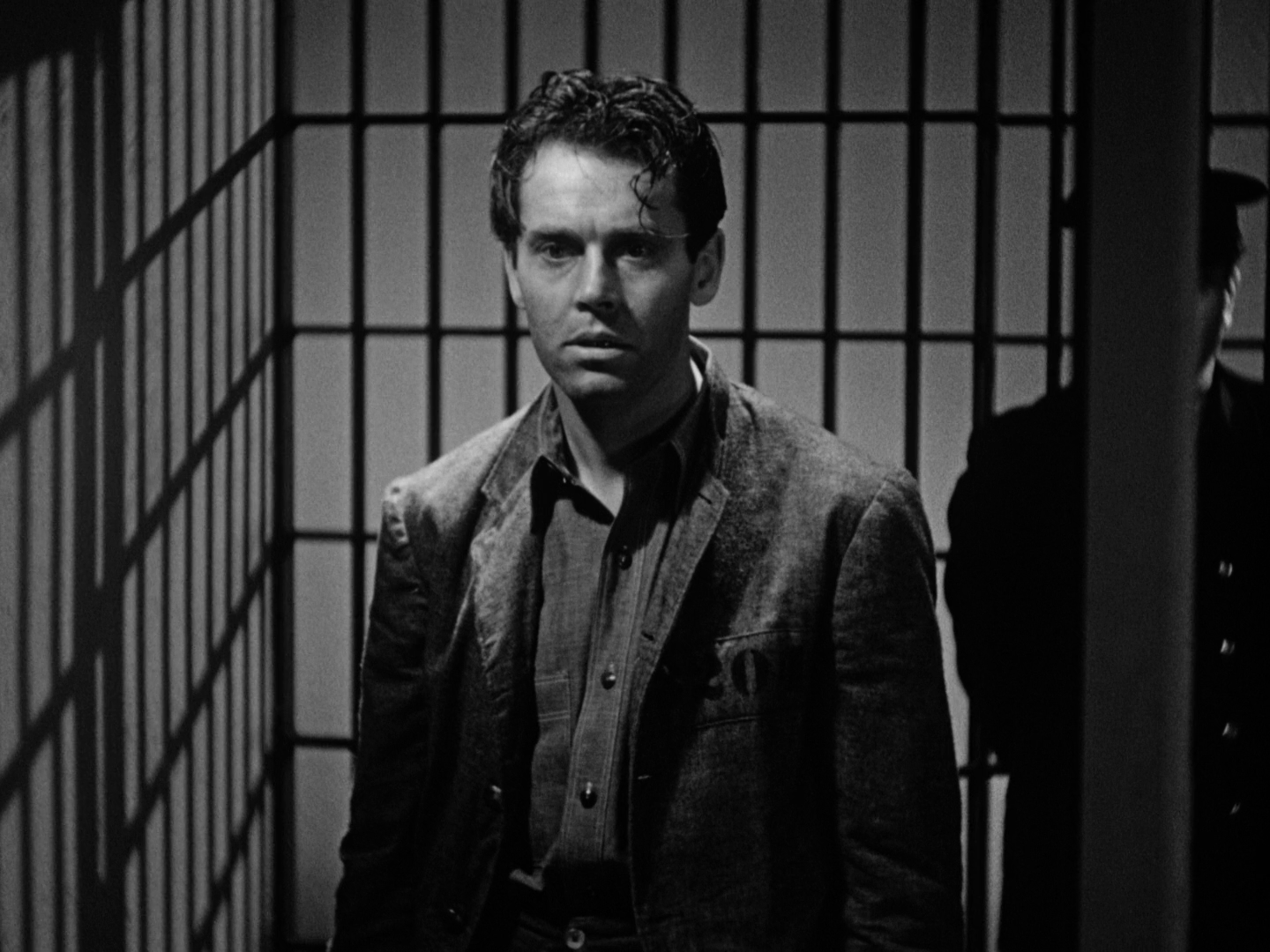
What with Film Club coming up, I thought this week’s intertitle ought to come from Buster Keaton, since he was such an influence on Richard Lester. In GO WEST, Buster is able to parody Cecil B. DeMille’s THE VIRGINIAN, with a paraphrase of its most famous line (above), and Griffith’s BROKEN BLOSSOMS with his own reaction. Buster is literally unable to smile to save his life, so with a six-shooter aimed at his heart he resorts to the Gish Manipulation ~

(My maternal grandmother told me that, seeing Lillian Gish force a smile like this in BROKEN BLOSSOMS struck her and her young friends as hysterically funny when they saw it, which puzzled me, as I assumed Griffith’s films were taken seriously in their day. Then I did my sums and realized she must have seen it on re-release, probably the sonorized version, in the late twenties or early thirties — and Griffith’s Victorian melodrama would have seemed high camp to the young people of the jazz age. Did Edinburgh have a jazz age?)
Lester’s debt to Keaton isn’t just a fondness for slapstick, or a tendency to use accelerated motion to evoke silent-film action (only in a few films, from 1964-1966). There’s a whole philosophy of composition. We could start with the famous dictum “comedy is long shot, tragedy is closeup,” and then add in the love of flatness, emphasizing the screen’s two-dimensional aspect rather than trying to transcend it. The simple, flat, graphic composition is easy for the eye to read, and clarity is the most crucial factor in visual comedy. It also stylises everything, removes it from reality (look at Wes Anderson’s similar love of the planimetric shot), making it easier to achieve comic distance.
Lester credits Keaton with being the first to really use the space around the comedian as part of the joke. With Chaplin, he’s said, you always sense the proscenium arch (though Chaplin was certainly careful to get the right distance between subject and lens). With Keaton, somehow the shot itself is funny. Lester has used the example of Keaton and the cow in GO WEST — extremely beautiful, and inherently funny just by the arrangement of objects in 2D space.
I wasn’t exactly sure which shot he meant. But he could have meant all of them. You can tell this is a comedy, can’t you, just from the shapes?









